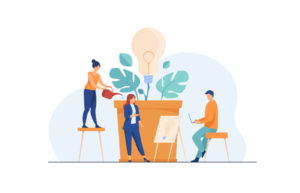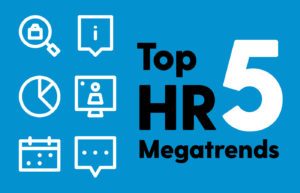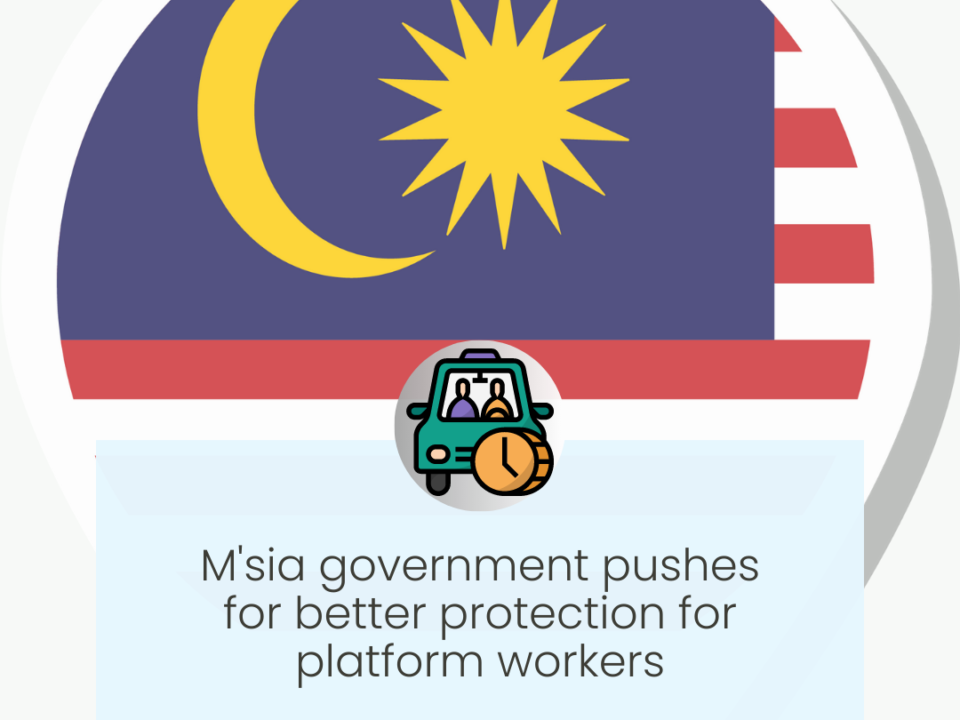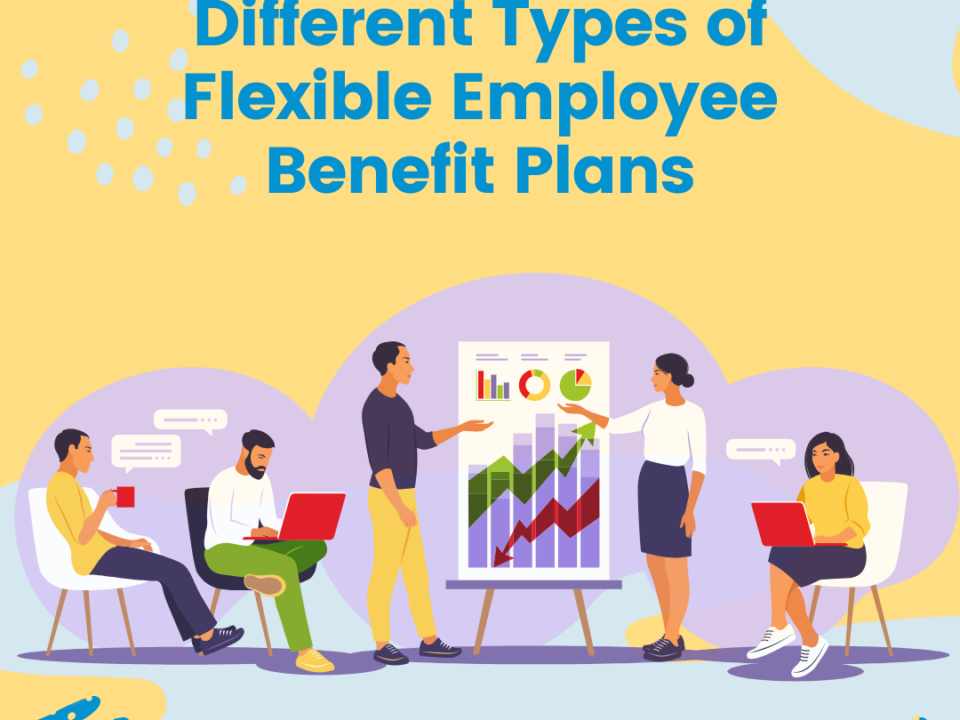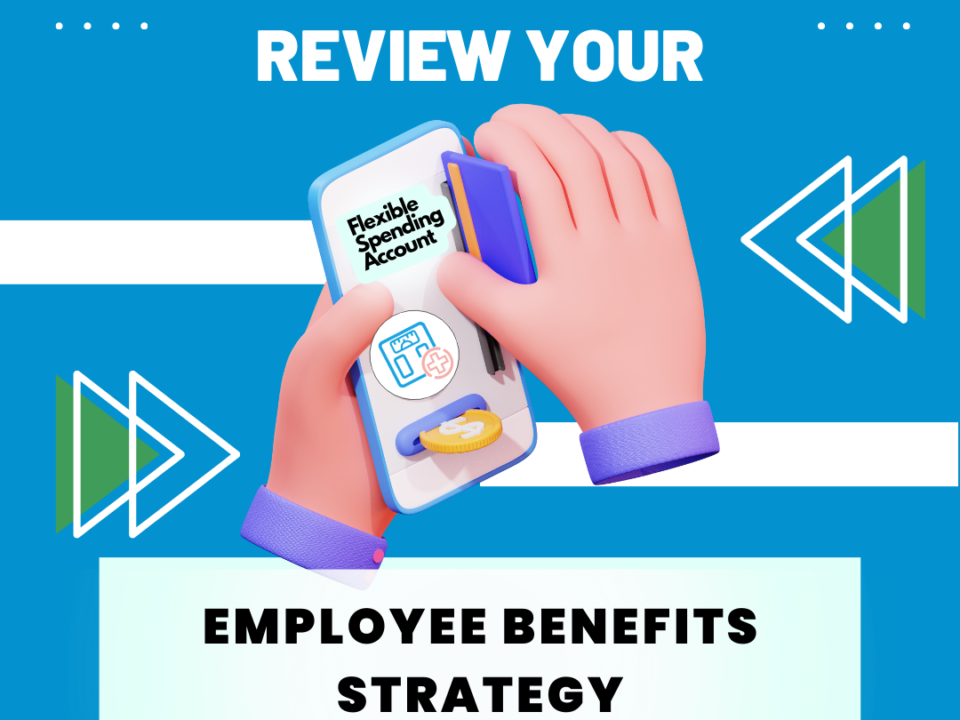
How to support someone with disabilities at work
October 4, 2022
The 5 Key 2022 HR Trends
October 11, 2022The complete employee experience strategy for HR
HR
The complete employee experience strategy for HR
October 11, 2022


Employee experience is a term that has become more and more popular in the last few years.
As a result, it's also one of the most misunderstood terms in HR today. Many people think that employee experience means having an open floor plan or free snacks at work. But this isn't true.
The employee experience is the total of all interactions an individual has with a company.
This includes everything from their interactions with management, their co-workers, and even how they view benefits such as health insurance or retirement plans.
In this article, you will learn what exactly employee experience means, why it's monumental in your organisation's success, how to design an exceptional employee experience and how to measure it.

What makes up employee experience?
Employee experience is defined as seeing the world through your employees' eyes. This includes how they interact with your organisation from the day they visited your company website until they leave the organisation.
Employee experience is very similar to customer experience — how customers perceive your brand while interacting with your business.
The term 'employee experience' was popularised by Jacob Morgan in his book 'The Employee Experience Advantage'.
According to Morgan, the employee experience highlights 3 environments that make up the employee experience:
- Cultural: the sense of collaboration and community with the people in the organisation.
- Technological: the tools your employees use to get work done
- Physical: the working environment they're in
Why is employee experience important?
Improving your employee experience takes time and resources, so why should you care to invest in it?
Many organisations are taking the leap to improve their employee experiences because the employee experience is directly linked to the business performance.
Glassdoor analysed the companies awarded as 'Best Places to Work' and compared their performance with the S&P 500. It turns out that all companies outperformed the S&P 500 by 53 - 122%
Kristine Dery, a research scientist of MIT Sloan Center for Information Systems Research (CISR), surveyed 281 executives and showed similar results. The top quartile employee experience produced 51% of revenue versus 24% for the bottom quartile. The top quartile's NPS score was 32 while the bottom quartile had 14.
A research done by Jacob Morgan showed that organisations that invested in cultural, technological, and physical aspects have 4x higher average profit, 2x higher average revenue, and 40% lower turnover.
This is why 95% of HR executives prioritise employee experience as a focus area. They understood that a positive and effective employee experience gives them a powerful competitive advantage.
How to improve your employee experience for everyone
Before we get to the actionable steps, you need to understand two things: the life cycle of an employee experience and ONE fundamental action that creates a positive employee experience.
The life cycle of an employee experience starts from attracting to departing, as shown in the image below.
Any strategy you implement in any stage of the life cycle depends on this fundamental action: how well you listen to your employees and execute their feedback.
Many organisations start to realise the importance of listening to their employees and act on their feedback to create the most exceptional employee experience.
Remember, trying everything on the shelf is not the smartest method. Knowing what your employees need and then implementing relevant strategies can yield the most results.
So, let's move on to the tactics you can use today to improve employee experience in different stages of their life cycle.
| Cultural | Technological | Physical | |
|---|---|---|---|
| Stage 1: Attract | Highlight the attractive benefits of your company (e.g., flexible work culture, training & development, inspiring leaders, transparency, etc.). | Update your company website and online articles regularly because 68% of talents look at the company website to learn more about the culture and reputation. | |
| Stage 2: Hire | Streamline the job application process. Make it easy to learn more, navigate and apply your job postings on platforms and websites. | Ensure your job postings work on desktop and mobile. | Inform the candidates precisely how to reach your office and notify them of the unspoken rules. |
| Immerse the candidates with company culture during the interview process. | Use new-age technology such as NLP and VR to assess candidates more effectively during the interview process. | ||
| Stage 3: Onboard | Talk openly about the organisation's culture, unspoken rules, and expectations early on. | Share all of their login credentials. | Make sure their workplace is set up in advance, and they can start work on Day 1. |
| Introduce the new hire to their teammates and manager. | |||
| Arrange a one-on-one meeting with the manager, so the new hire understands their responsibilities well. | |||
| Stage 4: Engage | Hold a theme-based "InDay" each month to foster a sense of connection among your employees. | Use short, simple, and intuitive employee surveys to analyse which area is doing well and where you need to improve. | Create on-site community spaces where people can hang out during breaks and after work. |
| Form 'cultural committees' at the site level to foster local community development. | Use an employee benefits platform to automate reimbursements, show real-time usage, and gain online and offline treatment access. | ||
| Communicate your employee benefits regularly and timely. | |||
| Share stories in internal communications, not facts and figures. | |||
| Stage 5: Perform | Encourage managers and teammates to be generous with praises. | Provide appropriate communication and collaboration tools for managers to better support their hybrid teams (online and offline) | Develop 'design studios' where project teams of designers, architects, and programmers come together to develop faster, more innovative solutions. |
| Enrol your leaders to take an active role in internal communications (this builds trust). | Personalise company communications based on employees' functions, locations, languages, and preferred communications channels. | Keep the workplace temperature, air quality, lighting and noise at comfortable levels. | |
| Stage 6: Develop | Assign each employee with a mentor. | Use simple tools to receive and give day-to-day feedback to employees. | Assign an hour a week for employees to learn anything they want or to work on their passion projects. |
| Offer attractive benefits that improve employees' well-being. | Allow employees to access learning platforms such as LinkedIn Learning, Udemy, or Masterclass to uplevel their personal and professional skills. | Allocate a space for employees to learn in silence. | |
| Stage 7: Depart | Make sure exiting employees feel heard (talk with them about their job satisfaction and the future of their career). | Invite them to an alumni network and regularly check-in with them. | |
| Help employees write a story about their past and contributions from their teammates and managers. | |||
| Conduct two interviews — before and after an employee departs. |
How to measure employee experience?
How do you capture the moments that matter in an employee's experience? And how do you know your employee experience strategy is contributing to the business outcomes?
From hiring to departing, each employee goes through different events and experiences. Some moments enhance their experience, and some do not.
Although it's been a tradition to send out employee surveys every year to capture feedback, more HR teams are modernising the methods to capture more accurate data.
Here are 6 ways to gather data:
- On-demand survey: Short pulse surveys to gather feedback from multiple stages of the employee lifecycle.
- Workspace usage: Data about space utilisation, room reservation, other physical spaces usage that you offer in the physical environment. Having a workplace management system can help document all these data in one place.
- Technology usage: Data about the frequency of software is used in an employee's computer, its duration, and usefulness to the employee.
- Employee benefits usage: Data about the frequency of an employee benefit is used and the amount reimbursed. Using an employee benefits platform helps keep these data in one convenient portal.
- Internal business processes: Employee referrals, turnover, transfer, attendance, promotions. Each data point may lead to a deeper insight into the employee experience.
On-demand feedback: An online platform easily accessible by employees to drop any feedback at any point of their employee experience. This enables Human Resources to capture more accurate vital moments.
How Mednefits can help you deliver a positive employee benefits experience
Mednefits helps to simplify employee benefits for your organisation by automating repetitive administrative work, enabling access to hundreds of healthcare providers in Singapore and Malaysia, and making it affordable for everyone.
With Mednefits, organisations can save over 100+ hours of administrative work, achieve 3x employee satisfaction, and gain a 100% benefits credits.
Check out how Mednefits works here.
Related articles:
- How to attract and retain employees - the complete guide
- How to Engage Remote Employees – 5 Strategies Backed by Science
- HR’s biggest challenge – Shaping the future of workforce
About Mednefits:
Mednefits helps businesses take care of their employees with its automated, affordable, and accessible employee benefits platform.
Request to join Mednefits for free to help process and track claims in real-time, while controlling costs.


